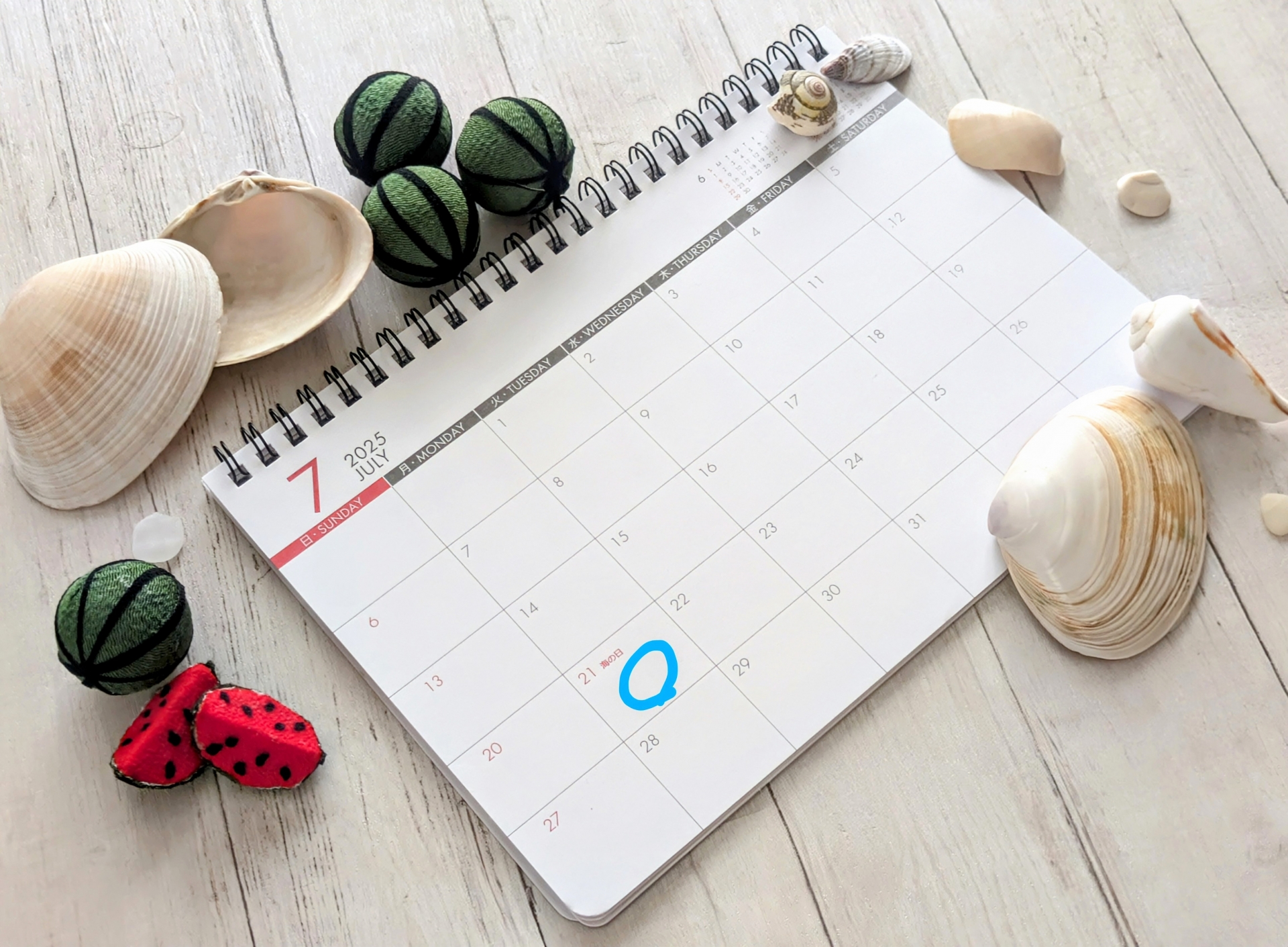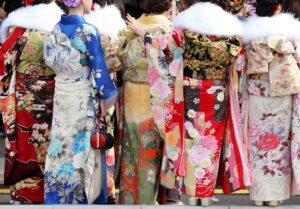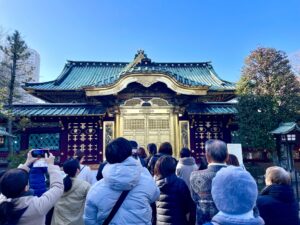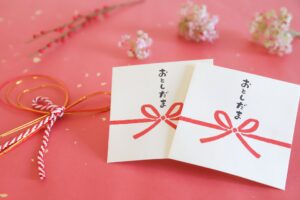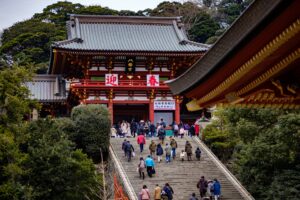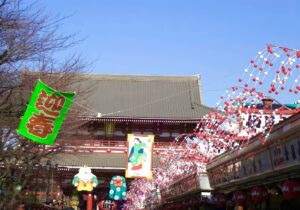Marine Day, or Umi no Hi, is a national holiday in Japan dedicated to the blessings of the ocean and the prosperity of the maritime nation. Celebrated every July, it’s more than just a summer day off—it reflects Japan’s deep cultural ties to the sea. In this article, we explore its history, how people celebrate today, and what visitors can do to make the most of Marine Day in Japan.
What Is Marine Day in Japan?
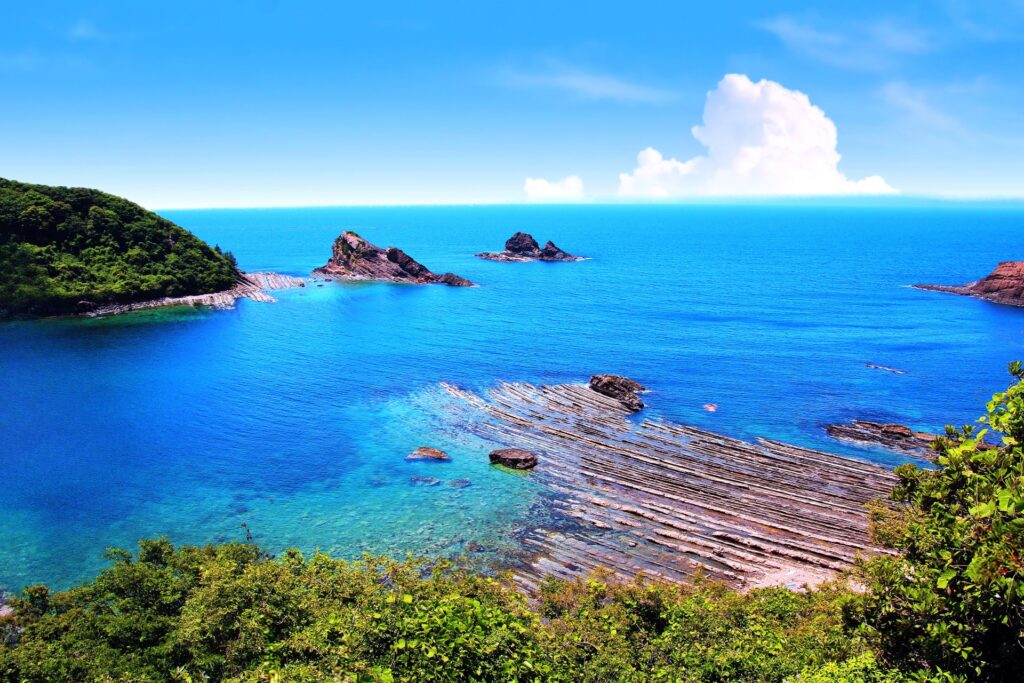
Marine Day, known as Umi no Hi in Japanese, is a national public holiday that celebrates the ocean’s importance to Japan. It is observed annually on the third Monday of July. As a nation composed of over 6,800 islands, Japan has always depended on the sea for food, trade, culture, and national prosperity. The holiday recognizes this enduring connection and expresses gratitude for the ocean’s bounty and the maritime industry that supports the country.
Marine Day was designated as a public holiday in 1996 and is part of Japan’s broader set of seasonal celebrations that emphasize nature and cultural heritage. Unlike holidays with religious or historical ceremonies, Marine Day is a more modern creation but holds cultural weight by reminding citizens and visitors of Japan’s maritime roots and present-day reliance on the ocean. It’s also strategically placed during the summer, making it a popular time for families to enjoy beach trips and marine-themed festivities.
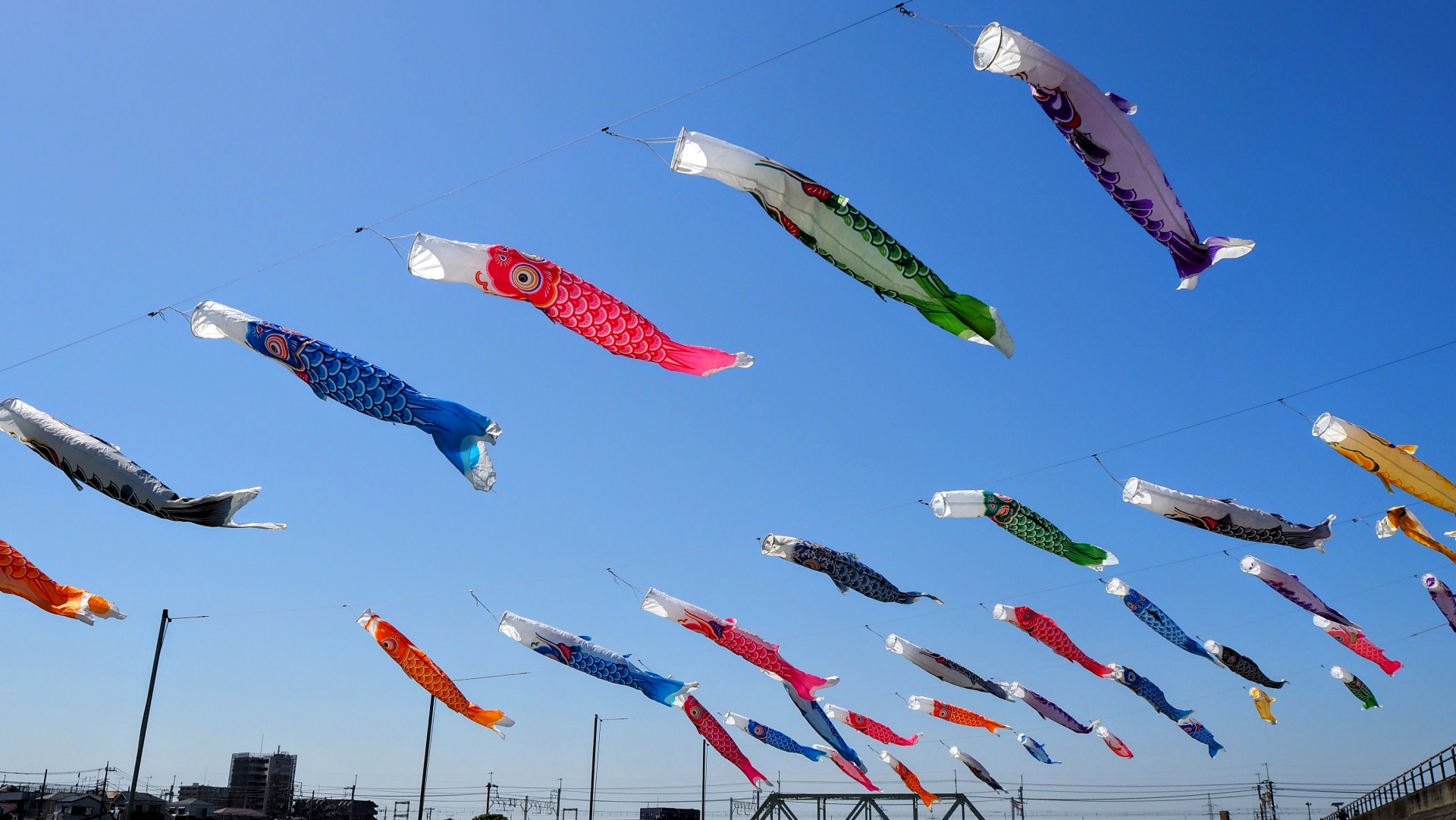

The History and Evolution of Marine Day
The origins of Marine Day trace back to July 20, 1876, when Emperor Meiji returned safely to Yokohama after a voyage on the steamship Meiji Maru. Initially commemorated by marine industry groups, this event later inspired a formal holiday. In 1995, the Japanese government designated July 20 as “Marine Day” to celebrate Japan’s maritime heritage. However, in 2003, the date shifted to the third Monday in July as part of the “Happy Monday System,” a government initiative to create more three-day weekends and encourage domestic tourism.
This transition helped increase the holiday’s popularity, as people could plan longer getaways to coastal areas. Over time, the public perception of Marine Day expanded from a day for appreciating the sea to an opportunity for leisure and travel, while still retaining its cultural significance.
Marine Day Timeline:
- 1876: Emperor Meiji’s sea voyage
- 1941: Marine Memorial Day unofficially celebrated
- 1995: Marine Day established by law
- 1996: First official Marine Day on July 20
- 2003: Date changed to the third Monday of July
How Marine Day Is Celebrated in Modern Japan
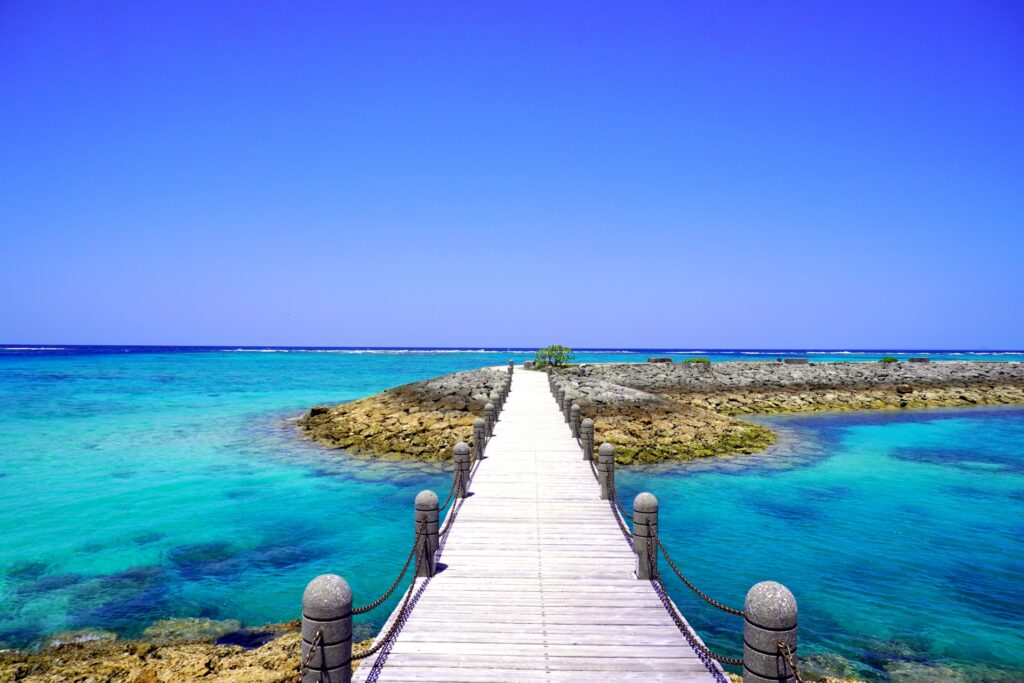
Today, Marine Day is a summer highlight, marked by a blend of relaxation, community involvement, and cultural appreciation. Families often head to the beach for barbecues, swimming, and water sports like snorkeling, jet skiing, and paddleboarding. Urban centers host festivals featuring parades, maritime exhibitions, and traditional dance performances. Meanwhile, smaller towns might organize fishing contests, local sea-themed events, or fireworks.
A growing number of communities also use the day to promote environmental stewardship, hosting beach cleanups and marine conservation workshops. This reflects a broader societal shift toward sustainability and responsible tourism.
Celebration Comparison: Urban vs. Rural
| Activity | Urban Areas | Rural Areas |
| Beach Visits | Popular but crowded | Less crowded, scenic |
| Marine Events | Large-scale festivals, parades | Local fishing or diving events |
| Environmental Activities | NGO-led cleanups, museum events | Community cleanups, nature walks |
| Food & Dining | Themed restaurants, seafood fairs | Local fish markets, BBQs |
Top Places to Visit on Marine Day
If you’re in Japan during Marine Day, consider visiting one of the following coastal destinations to experience the holiday firsthand:
- Yokohama (Kanagawa): Known for its Port Festival, fireworks, and sea-themed exhibitions.
- Okinawa: Offers some of Japan’s most beautiful beaches and traditional Ryukyuan culture.
- Enoshima (Kanagawa): Features beach parties and evening fireworks.
- Kamakura: Historic temples plus beach access for a mix of culture and relaxation.
- Shirahama (Wakayama): Famous for white sand beaches and oceanfront hot springs.
- Numazu (Shizuoka): Ideal for seafood lovers and scuba diving.
Map Suggestion: Include a visual map of Japan highlighting the top Marine Day destinations with icons for beaches, events, and cultural sites.

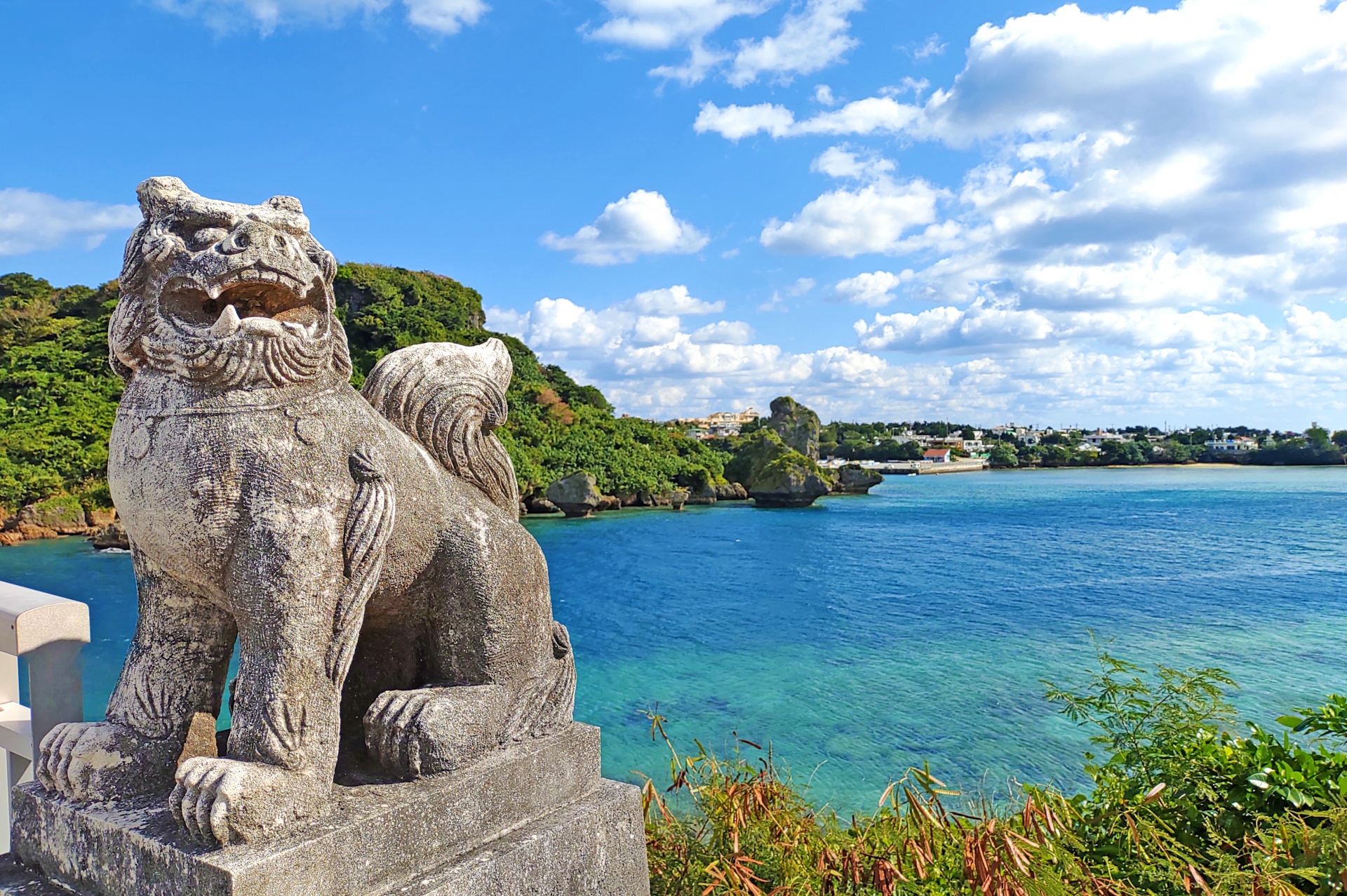

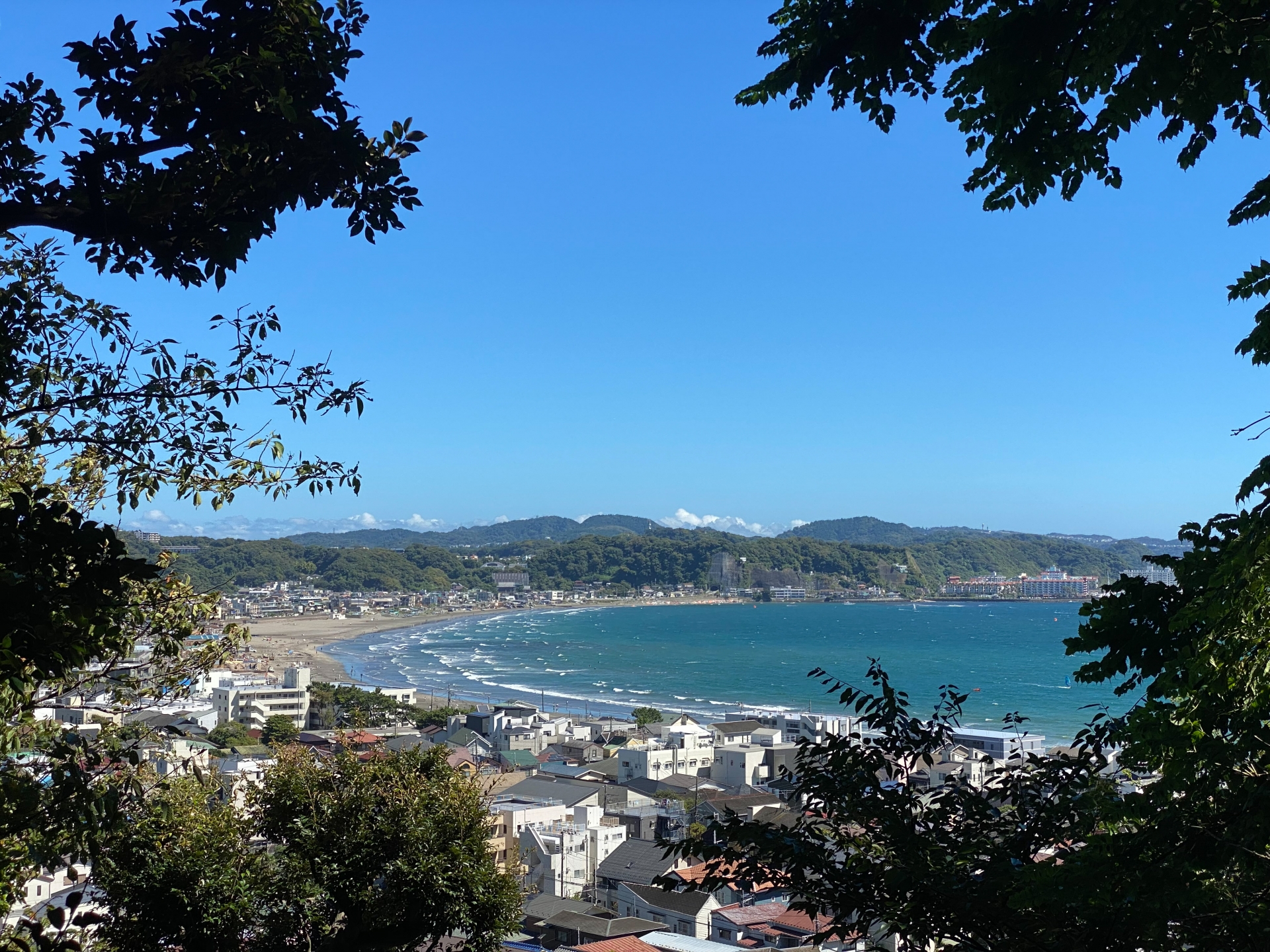
Marine Day and Japan’s Ocean Culture
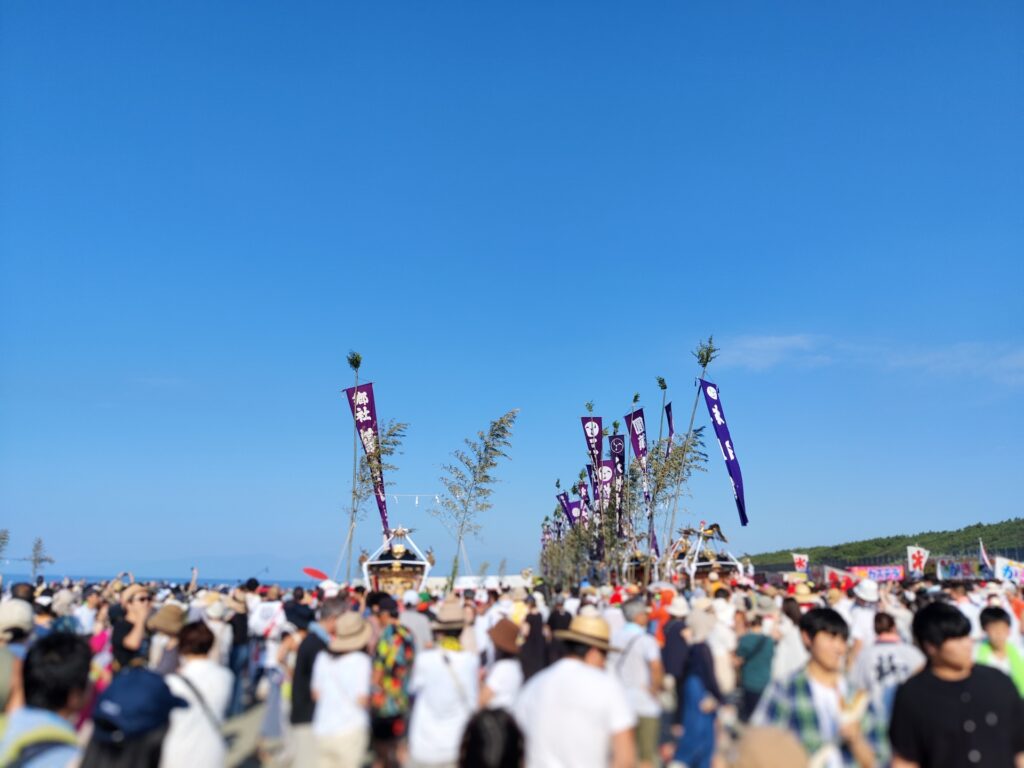
Marine Day is deeply connected to Japan’s broader maritime culture. For centuries, the sea has influenced everything from cuisine to religion. Coastal fishing villages uphold centuries-old practices, and some communities still observe Shinto rituals that honor sea deities such as Watatsumi. These rituals often include festivals (matsuri) featuring ceremonial boat processions and dances to invoke protection and abundant catches.
This reverence for the sea is reflected in traditional festivals like the Ishinomaki Kawabiraki Festival or the Aomori Nebuta Matsuri, where floats and costumes often depict oceanic themes. Even in contemporary celebrations, elements of these ancient customs remain, connecting modern Japan with its maritime roots.
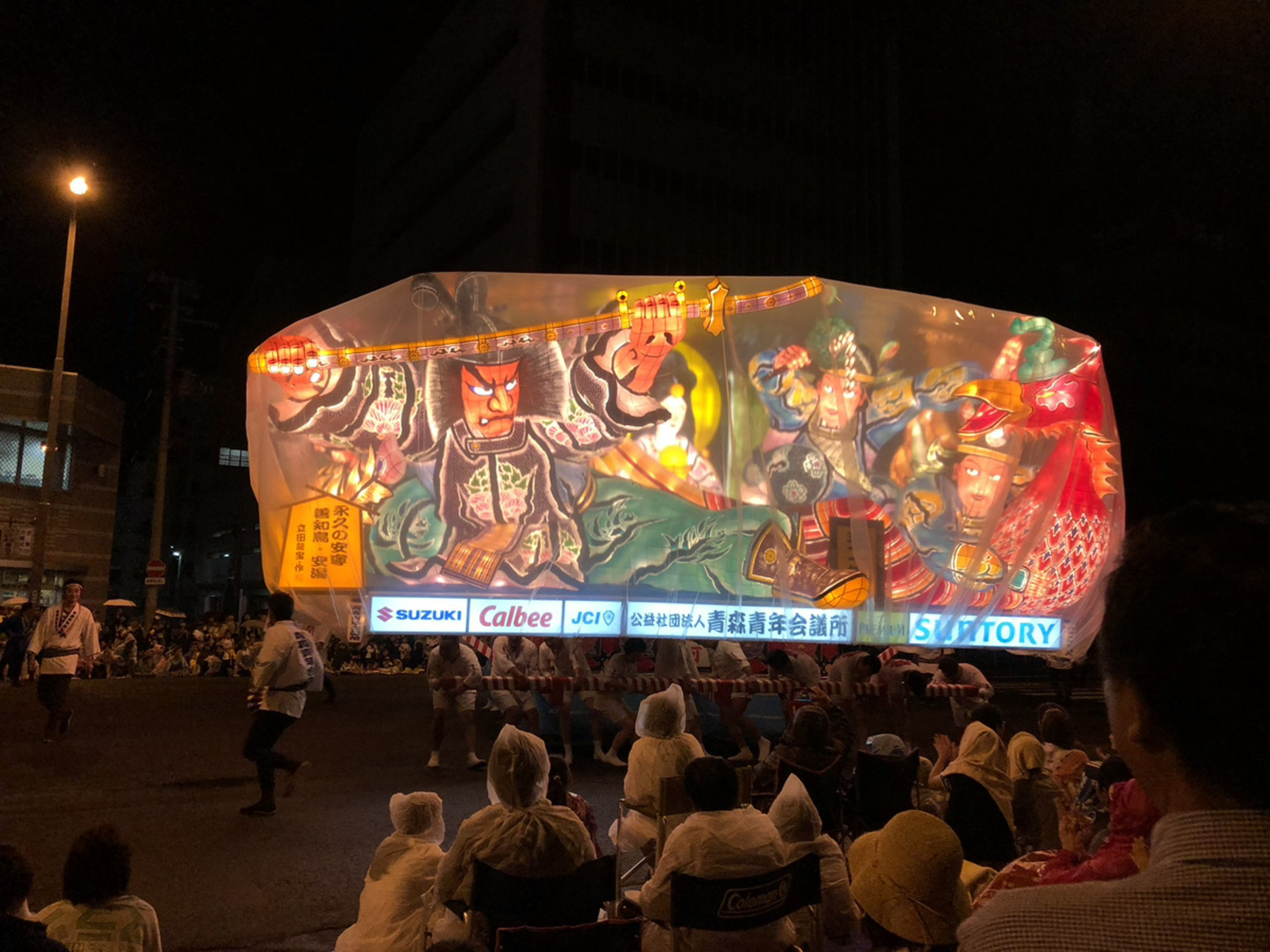
Marine Day and Marine Conservation: A Growing Movement
In recent years, Marine Day has taken on new relevance in light of environmental challenges like ocean pollution and climate change. Many cities and organizations now use the holiday to raise awareness about marine conservation.
Beach cleanups have become increasingly popular, often coordinated by NGOs or local governments. Educational events focused on the Sustainable Development Goals (SDGs), particularly SDG 14 (Life Below Water), are held in aquariums, schools, and community centers. Tourists can participate in eco-tours, such as coral reef restoration activities in Okinawa or dolphin-watching with ethical operators in Wakayama.
NGO Spotlight:
- Japan Environmental Action Network (JEAN): Organizes national beach cleanup campaigns.
- Umigomi Zero Project: Promotes ocean waste reduction and sustainable tourism.
Tips for Enjoying Marine Day as a Foreigner
If you’re a foreigner planning to be in Japan on Marine Day, here are some helpful tips:
- Transport: Book train or bus tickets in advance as popular destinations can get crowded.
- Closures: Museums and government offices may be closed, but tourist spots are often open and busy.
- Events: Check local city websites or the JNTO event calendar for marine-related festivities.
- Multilingual Help: Use apps like Japan Official Travel App or Google Maps for real-time navigation and event listings.
- Etiquette: When participating in local festivals or conservation activities, follow instructions respectfully and dress appropriately for the setting.
Frequently Asked Questions About Marine Day
What is the purpose of Marine Day in Japan?
Marine Day celebrates Japan’s relationship with the ocean and acknowledges the maritime industry’s role in national prosperity.
Is Marine Day a public holiday?
Yes, it is a national public holiday observed on the third Monday of July.
How is it different from other summer holidays?
While other summer holidays focus on leisure or religion, Marine Day uniquely emphasizes ocean appreciation and maritime heritage.
Why was the date changed from July 20?
To promote tourism and create long weekends through the Happy Monday System introduced in 2003.
Conclusion: Embracing the Sea Through Celebration
Marine Day is more than just a day off; it embodies Japan’s maritime identity, from ancient sea lore to modern environmentalism. As Japan continues to embrace sustainability and cultural preservation, Marine Day serves as a moment to reflect on the ocean’s role in shaping the nation. Whether you’re a traveler enjoying fireworks on the beach or a resident participating in a local cleanup, Marine Day invites all to appreciate and protect Japan’s precious seas.
Engaging with Marine Day meaningfully not only deepens your understanding of Japanese culture but also contributes to the global conversation on how we coexist with our oceans.

